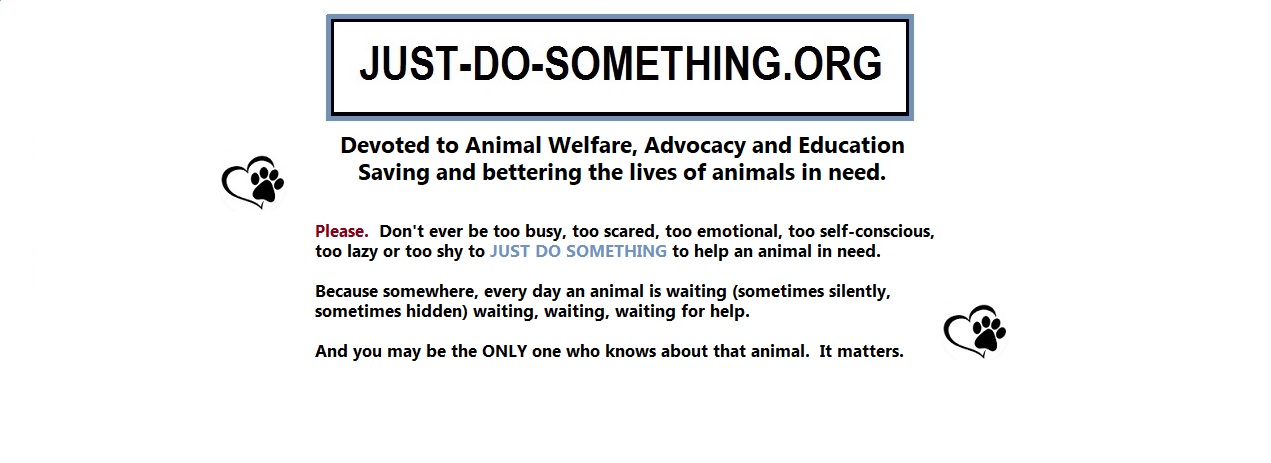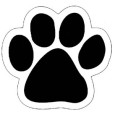March 15, 2015
Guest Blogger, Grace Yoxon (otter.org)
CARING FOR WILD OTTERS
Here I am sitting on the Isle of Skye where I work for the International Otter Survival Fund (IOSF), a charity whose aim is to protect and help the 13 species of otter worldwide. It is a very varied and worthwhile job and I am responsible for the care of orphaned and injured otters, education and general day to day running of the charity. But how did I get into this?
It is a long story which took me from south of London where I grew up and on to Keele University, near Stoke-on-Trent. I have always loved nature and wild places and one of our university field trips was to Skye – I was hooked and decided that I definitely wanted to live on the west coast of Scotland.
My husband and I moved here in 1980 and we watched our very first wild otter on a cold spring morning on 8th March 1985. We weren’t looking for otters but were fossil hunting on the shore at Glasnakille, near Elgol, on the Isle of Skye. It climbed out onto a rock right in front of us and from that moment we were captivated.
At this time we were running wildlife holidays and so people knew we were interested and they would bring us injured birds and animals. In 1988 we found ourselves caring for seals during the terrible phocine distemper virus outbreak. This was the real start of our involvement in wildlife rehabilitation and we became a registered charity. We also had our first otter casualty in 1988, but little did we know where this would lead.
Next orphaned cubs began to appear. Rearing cubs is a long process as they normally stay with their mothers for 12-15 months and have to be released at the same age. It is essential to keep human contact to a minimum so they are wild for release. We now receive cubs from all over Scotland and northern England and so far we have treated over 170 otters. We also provide help and advice for people all over the world. In fact we have helped with cubs from ten of the 13 species in 16 countries, including the Democratic Republic of Congo, Nigeria, Chile, Belize and Bulgaria.
In 1993 we decided to concentrate on otters and set up IOSF. What makes otters so special? Anyone who has been privileged to see them in the wild knows what a joy this is – the way they leap and dive in the water, how cute they look when they roll on their backs like a dog to groom their fur, and the sheer fun they have when they play on mud or ice slides into the water. But they are also a great ambassador to a healthy environment. Because the otter lives on land and in water and is at the peak of the food chain it means that both habitats must be in pristine condition, which is important for all species including our own.
IOSF is involved in a lot of work both locally and internationally – scientific research, practical conservation and education and public awareness. Otters are so often over-looked by governments and conservation organisations and attention is usually focussed on high profile species such as elephants and tigers. So we want to draw people’s attention to what is going on with otters in the world. As part of this we have the International Otter Awareness Day which this year will be on Wednesday 27 May, and anyone who wishes to take part can contact us at the email below.
There are 13 species of otter in the world, from the tiny Asian small-clawed otter, which is the one seen most often in zoos, to the giant otter of the Amazon – up to 1.8m in length! All of these species are listed on the IUCN Red List which means that they are all threatened. In fact populations of nine of the 13 species are declining worldwide. Of course it is nearly all related to man. Otters in Asia are in particular danger and so we have formed the Asian Otter Conservation Network to help people working in the region to share experience and seek help.
I would like to tell you more about otters in future blogs but in the meantime I would like to share some photos of just a few of the cubs we have cared for over the years. It is this hands-on contact which keeps us focussed on why otters are so important.
For more information on IOSF, please go to www.otter.org or contact me at Grace@otter.org.
Find IOSF on Facebook! Find IOSF on Twitter!
– Grace Yoxon
PHOTOS
All copyright IOSF










